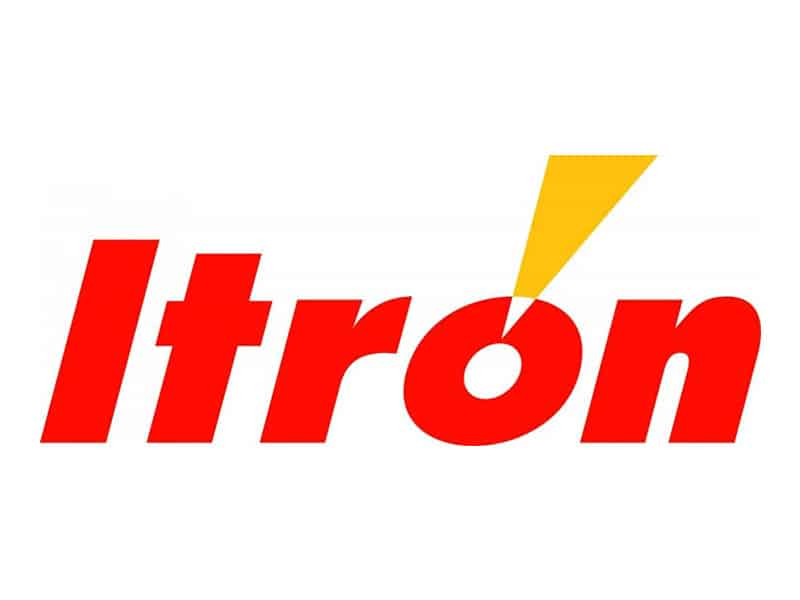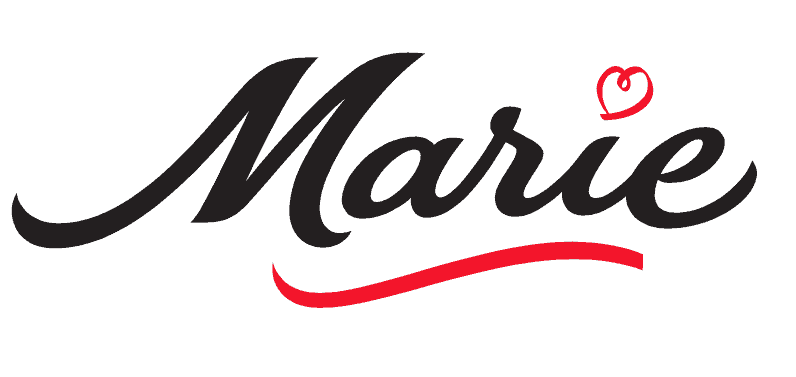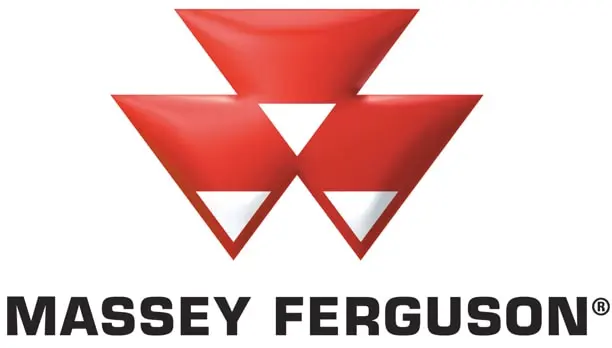DESIGN TO VALUE
Design to Value is an agile approach for product and service design that focuses on innovation and customer value.
Strongly user-oriented, it aims to address new expectations or needs without forgetting the imperatives of competitiveness.
Its effectiveness lies in the combination of different visions and skills of the company, around the 3 essential levers of innovation:
- Deep reflection on fundamental needs and customer value,
- Broad exploration of technological opportunities,
- A logic of advanced simplification throughout the chain, from customer use to the production of products and services.
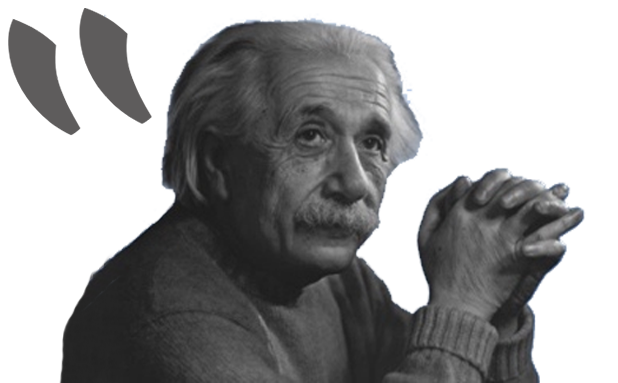
The real innovation lies in the reinvention of customer value
The world changes incredibly fast: simplicity and immediacy become standards and objects will accomplish the tasks that bother us.
In addition, environmental awareness reaches out more widely the minds of people, inevitably impacting consumption patterns.
Even more than in technologies, it is in anticipating deep-seated aspirations and radically eliminating all complexity of use that the priority fields of innovation lie.
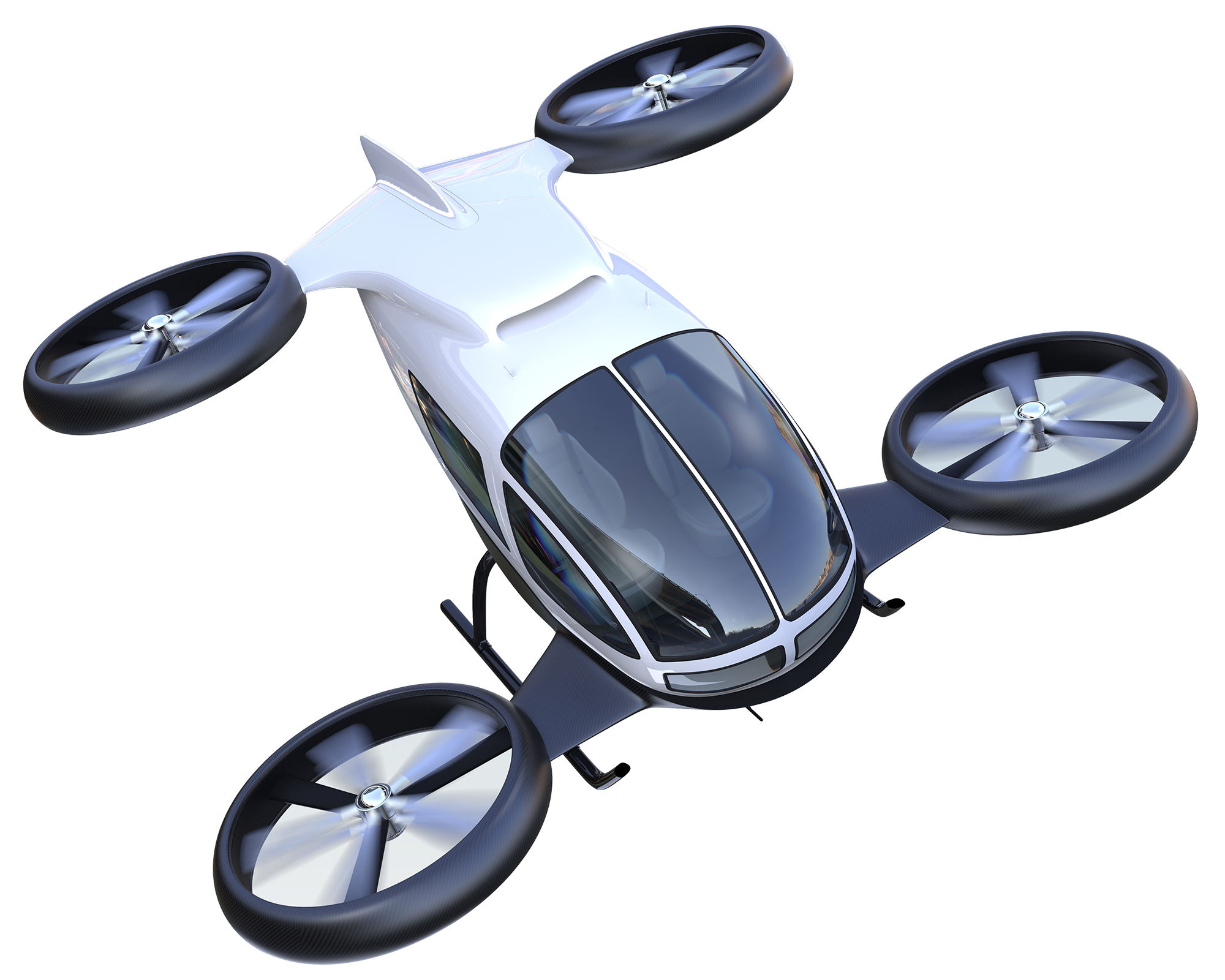
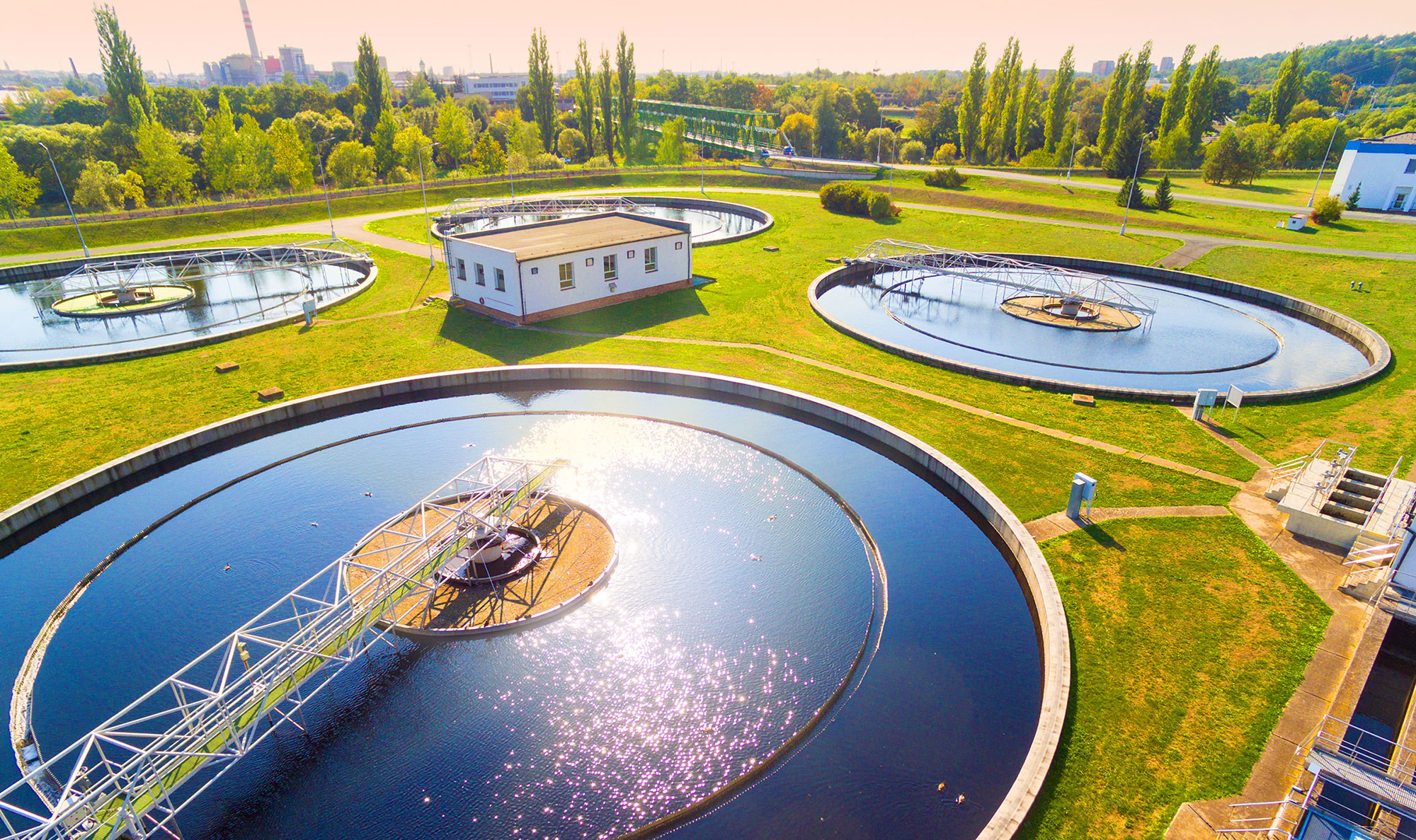
Making users life easier
Imagining innovative concepts and gaining competitive advantages is very often based on the most basic questions:
- How can we rid our users of the complexity of use that they experience today?
- How can we save our business customers time and money?
Such simple questions, one might imagine, are already largely taken into account by the players in the business who are constantly striving to offer additional functionalities, increased performance, new services, etc.
Yet, in our everyday life, how many confusing customer interfaces, products too complex to be fully used, incomprehensible instructions, useful features demoted to sub-level of menus, abstruse web pages…?
How many systems are certainly efficient, but the ergonomics of installation or maintenance have been forgotten…?
How many gadget inventions, products or services that only make their creators dream?
The challenge is to put yourself in the users’ shoes to make their lives radically easier, and to imagine what they will love before they even have a clue.
« If I had asked my customers what they wanted, they would have asked me for a faster horse. » Henry FORD, creator of the Ford T.

Analysis of the existing situation as a source of radical innovation
When we offer our clients a quick benchmark of existing offerings as a basis for innovation, we often encounter the same initial reaction:
“But we don’t want to do small incremental innovations, we want to do big radical innovations! “
or :
“No, no, we don’t want to do a me too product! “
However, a look at some of Apple’s creations is particularly enlightening on this point:
(If Apple and Steve Jobs are often quoted on this site, it’s clear that they do not have the appanage of innovation.
Their successes, both iconic and public knowledge, are nevertheless a mine of inspiration.)
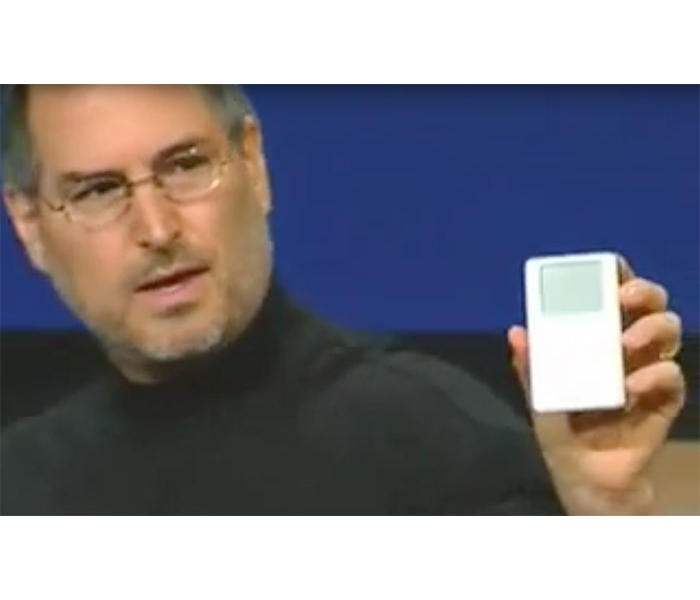
2001
Digital mp3 players hold only 15 songs, while hard-drive models are heavy, bulky and take an incredibly long time to feed music to. Their postage-stamp screens and arrow buttons make navigation particularly laborious.
Steve Jobs presents the iPod: 1000 songs, 10s to load a CD, the volume of a packet of cigarettes, 10 hours of autonomy, an ergonomic navigation wheel
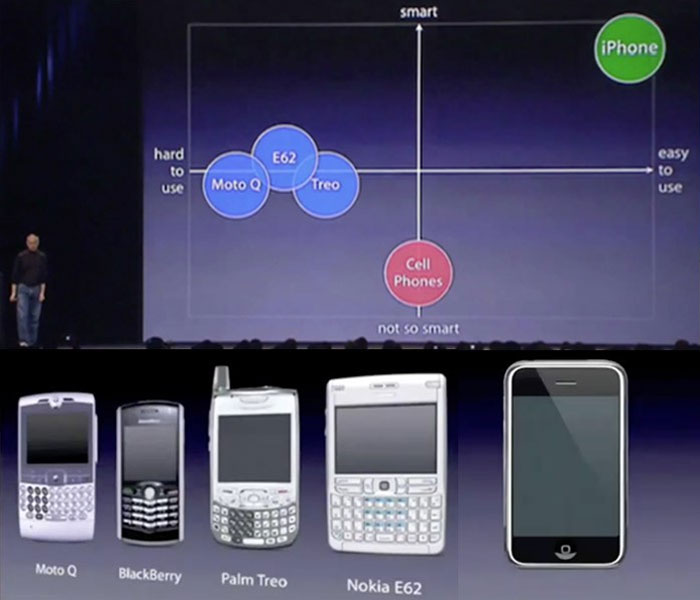
2007
Phones can only make phone calls, while smartphones, more powerful but complex to use, are reserved for geeks.
Apple’s powerful and easy-to-use fully touchscreen iPhone will transform our relationship with digital technology.

2001
In many shops, everyone waits for their turn so that an available salesperson can explain the products, which are themselves inaccessible behind a counter.
Apple launches the Apple store, where all products can be handled at will and advisors are available in large numbers, profoundly transforming the customer experience.
It was by understanding what was fundamentally wrong with the existing system that Steve Jobs and his teams were able to design the iPod, the iPhone and the Apple stores.
Who would say today that these were not radical innovations?
And let’s not forget that innovation is not just radical: It’s not every day that you invent the iPhone of your industry…
By the way, what has Apple been offering for the last 15 years in terms of smartphones, if not some “me too products” of the iPhone?
While of course always striving to offer the “best products” on the market…

The wrong roads of innovation
Some causes are quite recurrent when observing innovation ‘failures’:
The “letter to Santa” specifications
When marketing drives innovation, the demands sometimes turn into an excessive piling on of new features or an all-out increase in performance.
Feasibility and costs, integrated late, will then prove problematic.
The “beautiful technique”
When R&D takes charge of it, the “beautiful technique” can take over, at the risk of preconceived ideas about needs or technical improvements that will only interest specialists.
Working in silos
In reality, it is the overly sequential operation – without the fluid pooling of the company’s skills, however broad and specialised – which deprives too many innovative projects of success.
They suffer from many ills: multiple iterations, interminable or aborted projects, or results that are far less attractive and competitive than initially hoped.
The 3 keys to innovation
Customer Value:
As mentioned above, it is necessary to put oneself “in the shoes of the users, from A to Z” in order to identify without concession all the complexities and inconveniences encountered.
Then try to look up and see far enough to imagine the ideal experience.
Technological opportunities:
Of course, we must investigate and seize the opportunities offered by technologies to imagine and realise the future.
Being open to what others are doing (competitors, other sectors of activity, etc.) is in itself a mine of inspiration.
The ability to make associations, the desire to upset the established order, the gift of observation, the taste for experimentaion… are the qualities that make up the DNA of the real innovator. The innovators DNA, Jeffrey H. DYER
Radical Simplification:
This is probably the most underestimated lever of innovation
The eradication of unnecessary complexity must concern uses, services, products, architectures, designs, processes, flows, etc.
When you simplify a system to the point of reducing costs by 30% for an equivalent service, you are already innovating!
« When you start looking at a problem, and it seems really simple you don’t really understand its complexity. And your solutions are way too oversimplified and they don’t work.
Then you get into the problem and you come up with a convoluted solution. That’s sort of the middle and that’s where most people stop.
But if you keep going and find the key, underlying principle of the problem, then youcome up with an elegant solution that works. ». Steve Jobs
A simple and responsive methodology
It may be counter-intuitive, but Design to Value and Design to Cost draw from the same methodological toolbox!
It is in fact the manner – and sequence – of their use that will tailor the approach to the objectives and priorities being pursued:
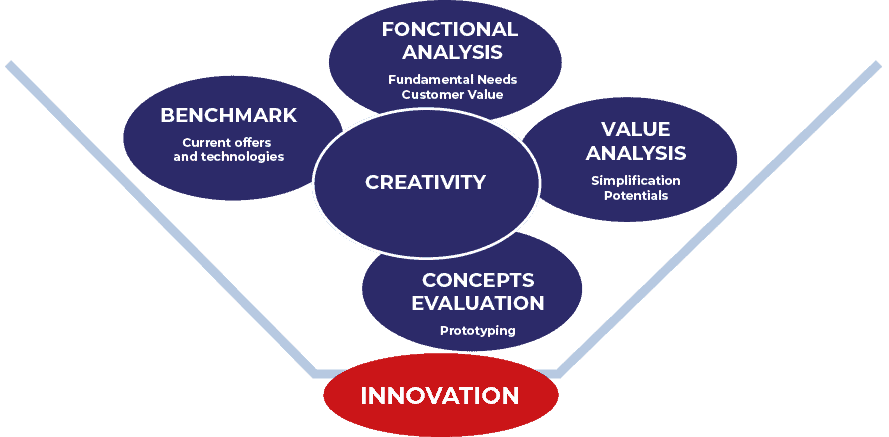
An accelerator of innovation
The success of an innovative project depends above all on the effective combination of different visions and expertise in an open and structured work process:
It is a question of orchestrating and timing the investigations to converge on the best choices.
Design to Value offers a broad view of the potential and challenges early in the project.
It thus avoids points that are closed too early and allows informed arbitration to converge more directly towards the most innovative and competitive offer.
With fewer iterations and failures, it presents the shortest and safest path to attractive and competitive innovation.
YOU HAVE A PROJECT?























